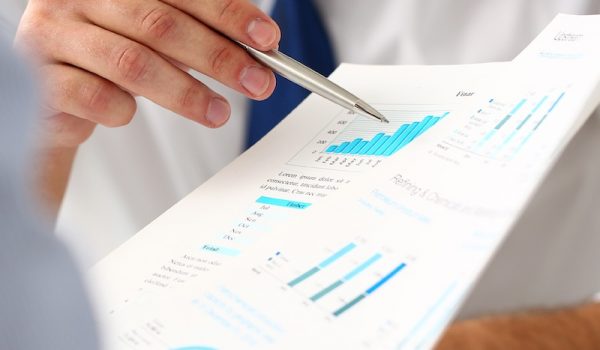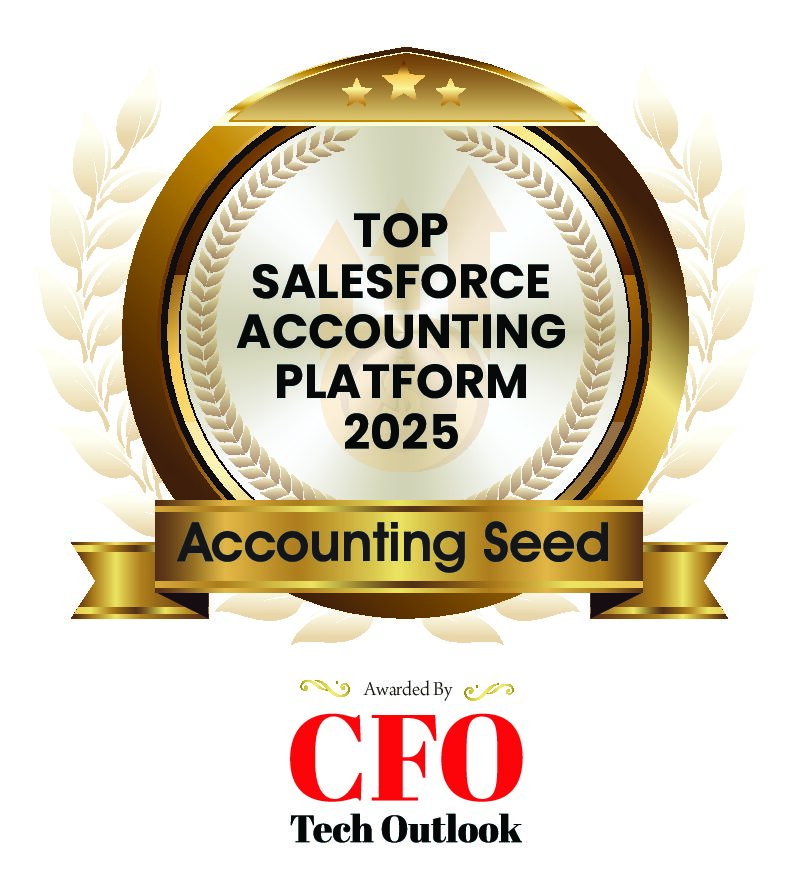
Annual reporting is a constant process for every business no matter its size or industry. If you’re a nonprofit, the annual report could impact your tax-exempt status. With for-profit businesses, this report is essential for securing investors and evaluating finances to plan growth opportunities. This is a highly important financial document that you need in order to fix critical business strategies and save money.
Unfortunately, there are many common errors with annual reporting. Let’s look at how you create strong financial annual reports as accurately and stress-free as possible.
What is Annual Reporting For?
Annual reports summarize the organization’s operations and financial activities and state of the year. These reports can include detailed summaries and documentation for stakeholders as well as more granular financial reporting and logs of core operations. The goal is to have a detailed view of the year in order to:
- Assess profit and loss.
- Visualize the current company’s strategic and financial position.
- Forcast the company’s financial trend and growth.
- Plan for improvements and changes.
Annual reports can serve additional logistical or legal needs depending on your industry too. For example, when bidding for federal contracts, contractor organizations may need to present their annual report for consideration. Annual reporting is also important for company transparency to investors, patrons, and key stakeholders.
In summary, you need to complete an accurate annual report to know how your company performed to understand how you can improve operations.
When Creating An Annual Report Do These 5 Things
It’s very easy for mistakes to occur in the creation of this report. Besides more general accounting and administrational errors, the compiling and presentation can also suffer. It’s critical that you have detailed reporting and analytics to really understand the financial status of your company. You also need to be able to measure the current year against others to evaluate progress. Doing this requires a clear vision of the financial data. Here are things to bear in mind.
1. Check Your Accounting Data
Calculation mistakes can completely derail the reporting process and even make you see, incompetent or dishonest in your annual reporting. Financial accuracy is key. Be sure that you are using accounting automation whenever possible to ensure transaction errors don’t fall through the cracks and that proper procedures have been followed. Automated reports are a great way to track, validate, and scrutinize your accounting on a regular basis. The more accurate your regular financial cycle, the easier and more effective your annual report will be.
2. Show Your Calculations
A strong annual report will have data that clearly shows accounting trends over time and the results of business initiatives. This is important, but without the final calculations included in the report, investors and managers won’t be able to recognize the final picture: the end result.
If you don’t include final sums or difference calculations auditors and stakeholders have to do the calculations themselves. This takes time away from understanding the annual finances and what you actually accomplished. Sho the work so that readers can focus on the data, not on figuring out what the data is stating.
3. Emphasize Comparative Data
A single column of financial data offers very little insight into your overall financial health. You could have reduced operating costs, increased revenue, and even improved operations but if you only show this data, your level of improvement becomes difficult to analyze. This also hampers your ability to assess what changes improved your financial state. To avoid this, you need to have comparative data. Use columns of data that show finances from prior months and years to review against your current year.
4. Highlight Data With Graphs or Charts
Visual aids are a great way to summarize and give clear context into what is often complicated financial jargon. Incorporating dashboards, pie charts, and different graphs will help you break up and emphasize key data points. More so, you can illustrate the rate of change and shift in your finances more clearly to those less mathematically included. Most importantly though, these graphics let you clearly show whether the year’s amounts exceeded, fell short, or were consistent past metrics or projected forecasts.
5. Make Sure You Include Prioritary Financial Statements With Context
When it comes to the financial portion of the annual report, you’ll want to include some of the core financial statements needed to corroborate the comparative data you’re presenting. A few of these financial reports include:
- Balance sheets
- Income statements
- Cash flow statement
- And any audit reports you may have run
These financial statements should also have detailed notes summarizing and explaining the documentation. This is where your accountants break down trends and pinpoint why the finances stand. Notes can speculate why the finances stand as they are, highlighting what changes occurred to result in the year’s finances. Financial experts can also provide insight on how to improve these finances, like where cost-savings opportunities may lie or perhaps products that performed especially well.
Software Features For Smooth Annual Reporting
There’s a lot of data that goes into your annual report, but this doesn’t have to include a lot of stress. Modern accounting software makes it easier than ever to track, compile, and analyze financial information. Properly used, the legwork of the annual reporting process can be done by generating accurate reports and dashboards from the accounting system. Let’s look at some core features that will empower not only annual reporting but your entire financial reporting process.
Automation
Everyone wants faster, less demanding accounting. Annual reports shouldn’t be an enormous drain on staff’s time, especially with high-level automation built right into your accounting process. Manually entering and re-entering transaction details from your other apps is a pain. It also jeopardizes your reports’ accuracy. An automated system captures and records your data instantly and populates the details correctly into the report. Some systems even offer automatically generated reports. Just a few clicks and your report is ready – no more tedious spreadsheets!
Custom Financial Dashboards
As mentioned visual aids like dashboards and graphs are a great way for you to highlight and illustrate specific financial details. Not only do dashboards enhance your annual report, but they also make it easier to understand. Look for accounting solutions that offer customizable financial dashboards. These give you complete control of how you present your data. Accounting Seed’s dashboards can be configured with simple drag-and-drop instead of code for enhanced ease of use. Compile data from multiple sources like sales, operations, and support for a 360-degree view of organizational financial health.
Audit Trail Functionality
The audit trail function lets you pinpoint and analyze all the details surrounding specific transactions and entries. This lets you quickly answer specific questions you may have for these numbers as the record is cataloged going back to the origins of the transaction. This lets you is critical for six main reasons.
“With our previous accounting systems, I always heard only about accounting problems. Now (with Accounting Seed), I’m only hearing out about accounting successes. It’s just so much easier for me personally to be able to do approvals from my phone and see all of the information within one system.”
Chris Bellas
President, Diplomatic Language Services (DLS)
Comprehensive Reports
Naturally, you’ll want accounting software that’s equipped with a strong array of financial reports. The way your data is compiled and presented is crucial for communicating progress to stakeholders. It’s also extremely important for assessing how your operations contributed directly to your finances.
Like with dashboards, financial statements and reports should offer flexibility in their presentation and development. You should let you modify rows and columns to compare and analyze finances in a way that fully addresses how you operate. Adding custom calculations and formatting lets you target specific data. This also helps maintain accuracy and helps you compare your business financials more effectively, which is critical for annual reporting. Here are in-depth reports that you’ll need.
- Year-to-date financial report
- Comparative of budget to actual
- Month-to-date reporting
- Comparative of budget to budget
- Comparative of actual to actual
- Report on relative accounting periods
Specifically useful for compiling an annual report is the year-to-date financial report. Additionally, though, being able to easily compare different accounting data sets is very important to the reporting process. Compiling comparative reports in the accounting system saves you from manually compiling the report(s) in spreadsheets. This makes your process faster and more accurate.
Lastly, you’ll also want to be able to produce more standard financial statements to create your final annual report:
- Cash Flow Statement
- Profit and Loss
- Profit and Loss Versus Budget
- Balance Sheet
- Trial Balance
- Ledger Inquiry
All of these features and more are offered by Accounting Seed. Financial reporting and is consistently one of our core features that all of our customers take full advantage of.
Start the Annual Reporting Process Now
The best way to create your annual report is to be monitoring your accounting on a regular basis. By consistently monitoring your financial health, you will be aware of your company’s performance. But more, reviewing an automated financial report like cash flow will indicate how you are meeting pre-established metrics, and see, in real-time, how you can save money and adjust strategies. When it’s time to develop the annual report, you’ll already have a strong understanding of the year’s financial journey.
Accounting Seed is your native Salesforce accounting solution. We offer all the solutions and automation functions you need for the smoothest, most powerful annual report possible. Schedule your free demo here!
For more accounting resources, make sure to check out the following articles:
- Why All Businesses Need Financial Reporting Software
- Best Accounts Receivable Software
- Financial Management Options on Salesforce
- Balance Sheet Reporting: Everything You Need to Know
See Accounting Seed in action
Get a close-up view of how accounting on Salesforce can eliminate the need for costly integrations—and silos of mismatched information—by sharing the same database as your CRM.



